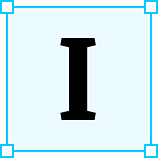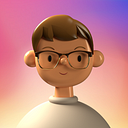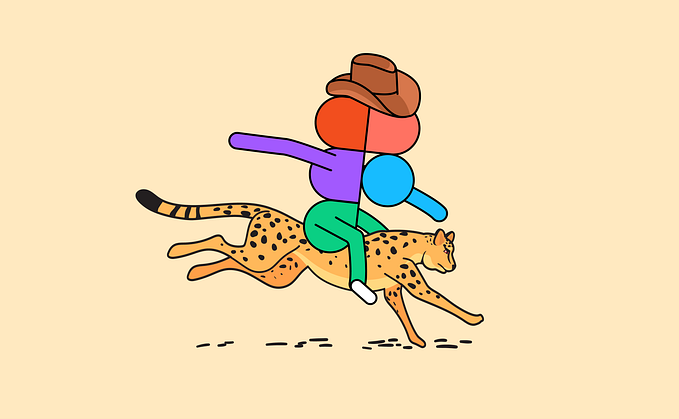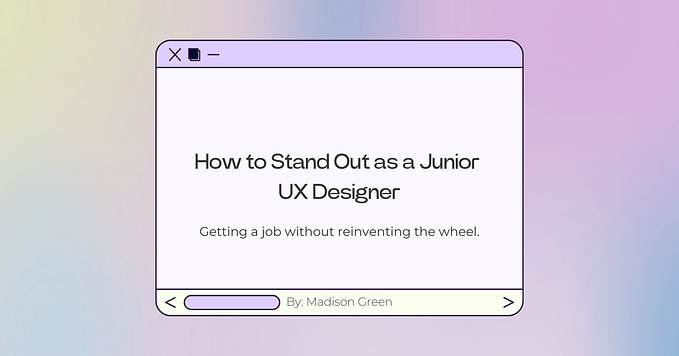Member-only story
Stop Doing The Daily UI Challenge
Aspiring designers should stop wasting their time

 I should begin by saying I think Daily UI is a neat concept, and I commend the team behind it. They’ve done an excellent job of getting people excited about design challenges and building their portfolio.
I should begin by saying I think Daily UI is a neat concept, and I commend the team behind it. They’ve done an excellent job of getting people excited about design challenges and building their portfolio.
Daily UI encourages eager newcomers to embrace the mindset that becoming a skilled designer is a step by step journey that requires learning something new every day. In that regard, it has done a lot for the community, and I commend them.
That said, there are some critical flaws with merely doing a daily UI challenge and believing it will make us a well-rounded, or even worse, a qualified designer.
In this post, I discuss why daily UI doesn’t teach us a whole lot that applies to a real product design profession and what we can do instead.
Why Daily UI is falling short for beginners
Most designers that I see applying for product design positions aren’t showing their genuine passion for design in their portfolio. They’re not presenting their artistic style through work that they’ve created on their own accord.
Beginners are often unsure of what to work on, or they assume they need client work or a job to build their portfolio. Those may help, but they are certainly not necessary. If you’re a beginner that thinks the daily UI challenge will help your portfolio stand out, then you’d also be mistaken. Not only are we not setting ourselves apart from the countless other designers doing the challenge, but we’re also building a narrow skillset by doing so.
Daily UI may help us advance UI skills like typography, hierarchy, color, layout, and so on, but we’re not focusing on the necessary skills to create a real product.
Often with Daily UI we’re re-skinning an existing screen that could be found anywhere on the web — having signup, checkout, landing page, calculator, app icon, user profile, settings, and so on in our portfolio doesn’t demonstrate that we understand product design.
When designers begin daily UI, often, what I see is that they create a landing page for a fake company and then an app icon for another entirely different…







